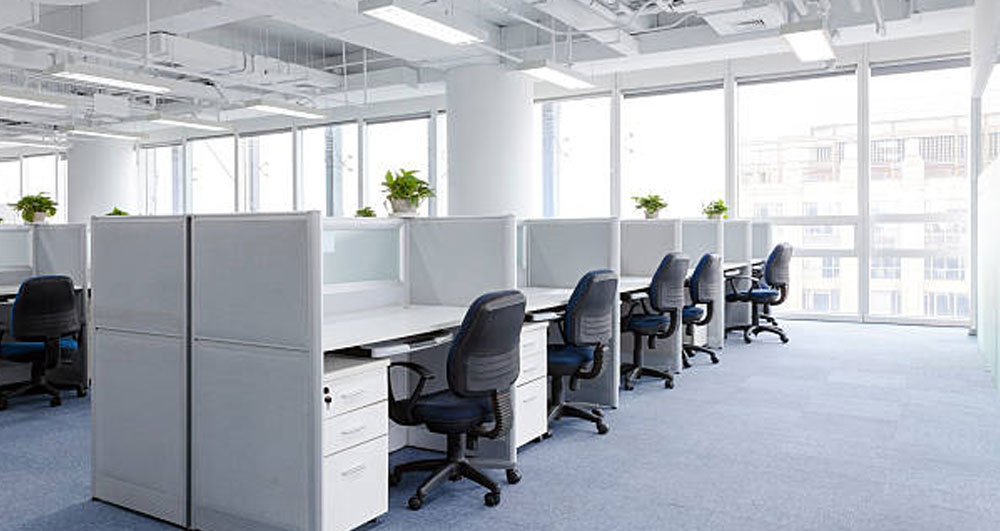 In the early 2000’s, open-office plans were the new hot commodity in the world of business. These open spaces allowed for a much welcomed break from the monotony of the traditional workplace. Conversation and interaction replaced the usual silence that one would experience when working in a traditional office filled with cubicles or closed offices.
In the early 2000’s, open-office plans were the new hot commodity in the world of business. These open spaces allowed for a much welcomed break from the monotony of the traditional workplace. Conversation and interaction replaced the usual silence that one would experience when working in a traditional office filled with cubicles or closed offices.
However, many commercial real estate leaders are now insisting that flexible office space is quickly taking priority over the open-office plan. Tenants now more than ever are seeking out workspace that fosters both cooperative workspace as well as spaces to conduct private business. Forbes reports that “flexible workspaces benefit employers as well, offering the ability to make internal changes as workforce demands shifts over time”. This is extremely helpful to CEO’s and office managers who are dealing with the task of appeasing a workforce that is rapidly filling with millennials. With an office space that has a multitude of uses, flexible workspace offers a solution and fit for virtually every employee’s needs.
A flexible office floor plan means that employees are not bound to their desk and desktop computer in order to get their work done. Flexible space is conducive for all types of business because it allows for employees to freely engage both with their work and their co-workers. It entitles the employee’s to utilize the entire office and its amenities rather than tying them to a specific area. Without the concrete boundaries of both traditional office space as well as open-office, tenants can fully enjoy a flexible space that offers the best of both worlds.
https://www.forbes.com/sites/bisnow/2017/10/03/is-the-open-office-plan-dead/#5e5f08ff5ae5


